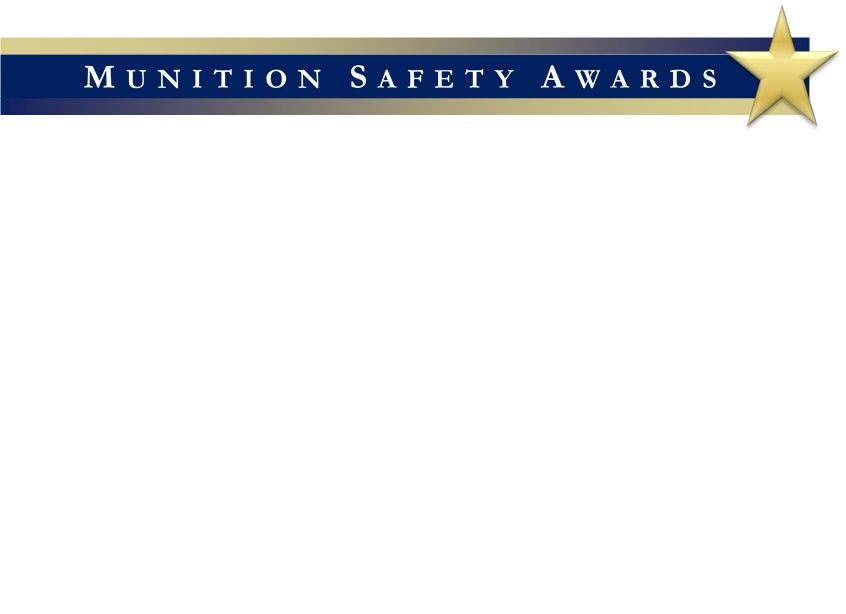L-277 - Tolerability of Risk Part III: Ammunition Storage, Range Safety and Demolition
This report provides an overview of commonalities and differences of risk tolerability in relation to siting of Ammunition and Explosives (AE) storage, Range Safety (RS) and AE demolition in various nations. AE storage and RS have a number of parallels. Firstly, the consequence-based Quantity Distances (QD) have an analogy to the deterministic approach to determine Weapon Danger Areas (WDA). When QD cannot be met the next step is a risk analysis. When WDA do not fulfil the needs, a probabilistic methodology may provide a solution. AE storage and RS can be directly compared when expressed in terms of Individual Risk (IR). Accidental explosions in AE storage are typically low probability, high consequence events, whereas RS accidents have relatively high probabilities and low consequence. In the field of demolition of AE, the aim is to have virtually zero risk by using Maximum Fragment Distances (MFD), although one has to be aware of rogue fragments.
National differences exist in procedures, terminology, measures, methods and tolerability criteria. Various aspects are discussed, such as risk definitions, the ALARP region, FN-curves and risk aversion. Numerical values for risk criteria have been based on statistics of fatality from a broader range of accidents, e.g. from traffic and other industries. This gives a good support for an IR acceptance criterion in the order of 1E-4/year for workers and 1E‑6/year for the public. Using broader accident statistics as a basis for explosives safety risk criteria has to be done with caution, as it may not fully appreciate the total (aggregated) fatality risk run by specific individuals.



